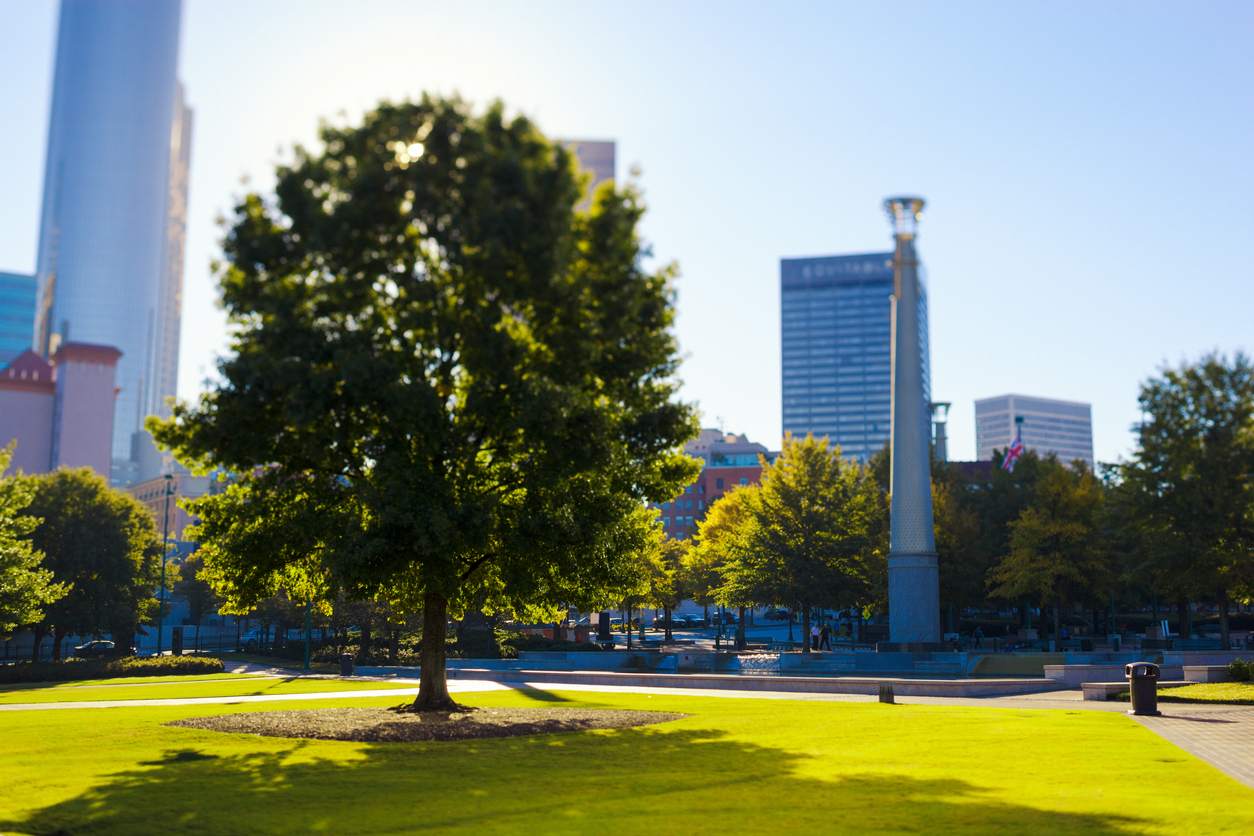Preserving Atlanta’s historic trees is essential to maintaining the city’s cultural and natural heritage. Atlanta is known for its beautiful tree canopy, which provides shade, improves air quality, and enhances the city’s aesthetic appeal. However, with rapid urbanization and development, many of these trees are at risk of being cut down or damaged. As a result, it’s crucial to implement best practices in tree preservation to ensure that these trees remain an integral part of Atlanta’s landscape.
Understanding Atlanta’s Historic Trees
Significance of Historic Trees
Atlanta is home to a diverse range of tree species, but some of them are more significant than others due to their historical and cultural importance. These trees have witnessed significant events and have played a vital role in shaping the city’s identity. They are a part of Atlanta’s heritage and must be preserved for future generations.
Historic trees provide numerous benefits to the community. They help improve air quality, reduce noise pollution, and provide shade and cooling effects. They also contribute to the aesthetic value of the city and serve as a reminder of the past.
Identification and Documentation
To preserve Atlanta’s historic trees, it is essential to identify and document them. This process involves assessing the tree’s age, size, species, and historical significance. A tree’s age can be determined by measuring its diameter and counting the growth rings. The size of the tree can be determined by measuring its height and crown spread.
Once a tree has been identified and documented, it’s important to maintain accurate records of its location, age, and historical significance. This information can be used to create a database of historic trees in the city, which can be used to guide future preservation efforts.
Strategies for Preservation
Preserving historic trees is a complex task that requires a combination of legal, community, and maintenance strategies. Here are three key strategies that can help ensure the long-term preservation of Atlanta’s historic trees.
Legal Framework and Policies
The first step in preserving historic trees is to establish a legal framework and policies that protect them. The City of Atlanta has a Tree Protection Ordinance that regulates the removal, pruning, and planting of trees on both public and private property. The ordinance requires permits for the removal of trees that meet certain size or species criteria, and it sets guidelines for tree planting and maintenance.
Community Engagement and Education
Community engagement and education are also critical components of historic tree preservation. By engaging with the community, you can build support for the preservation of historic trees and raise awareness about their importance. One example of a community group that is working to protect Atlanta’s urban forest is Trees Atlanta, which works to “protect and improve Atlanta’s urban forest by planting, conserving, and educating.” Educating residents about the importance of trees and their care is essential for the long-term preservation of Atlanta’s historic trees.
Preventive Measures and Maintenance
Preventive measures and maintenance are also key to preserving historic trees. Trees that are well-maintained are more likely to survive and thrive over the long term. Regular pruning, fertilization, and pest management can help keep trees healthy and prevent damage. In addition, it is important to take preventive measures to protect trees during construction projects, such as creating a “Tree Protection Zone” around each historic tree to minimize access to the area and prevent the area from being excavated, used to stockpile material, dump debris, or for equipment access/storage.
Collaboration with Arborists and Experts
Preserving Atlanta’s historic trees is not merely a task but a shared responsibility. Working with arborists, botanists, and other experts, together you’ll be able to develop preservation plans tailored to each historic tree. These plans should include regular maintenance, disease management, and appropriate pruning techniques to ensure the long-term health of the trees. Give Excel Tree Care a call today at (404) 964-6508 for all your tree care needs. We’re a fully licensed and insured family-owned business with over 10 years of experience.

